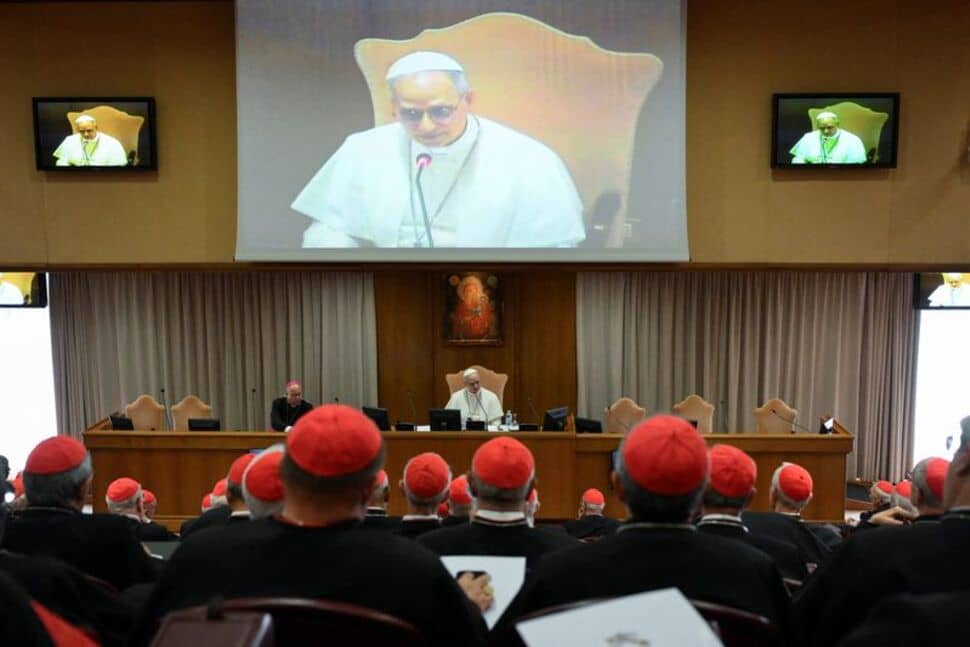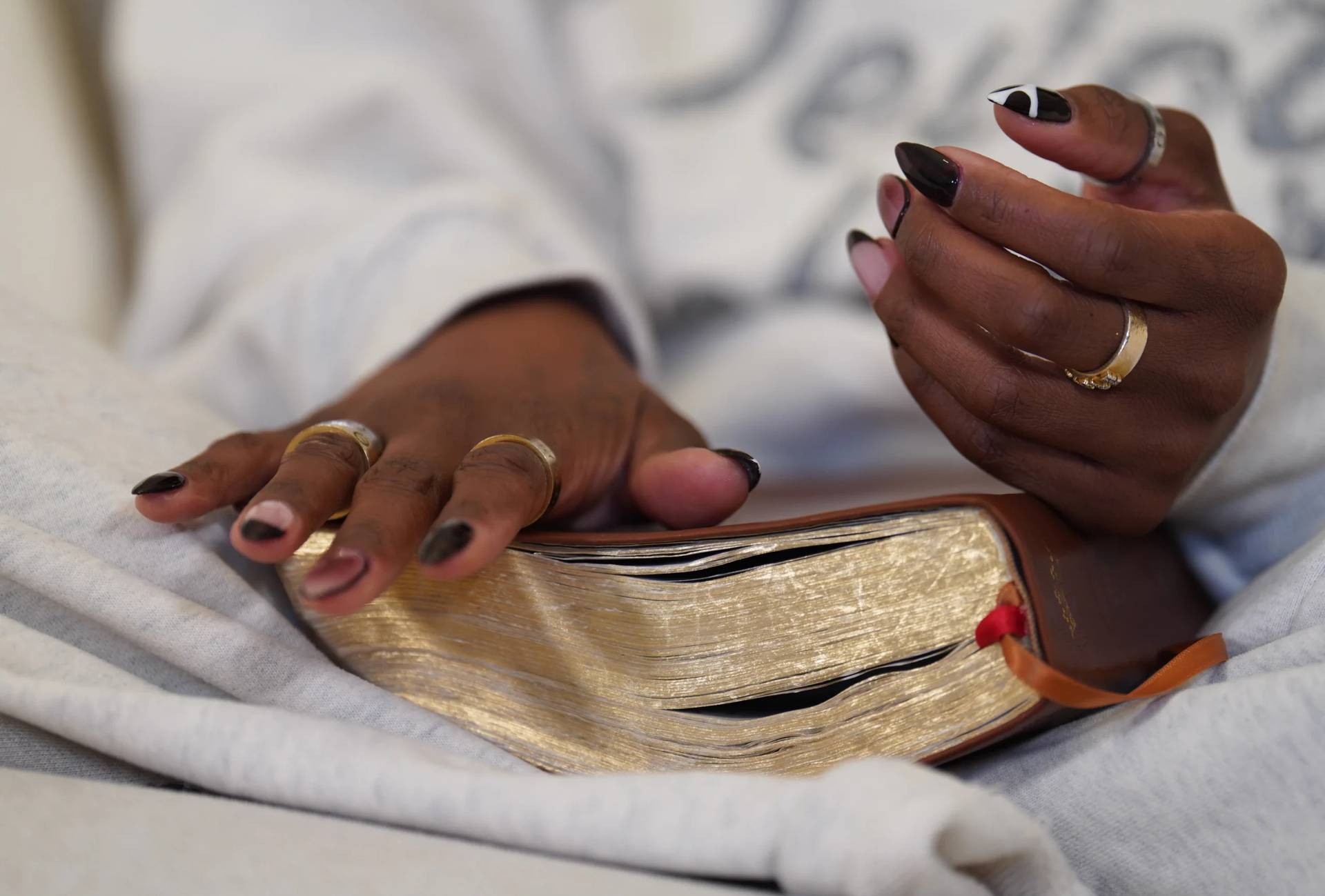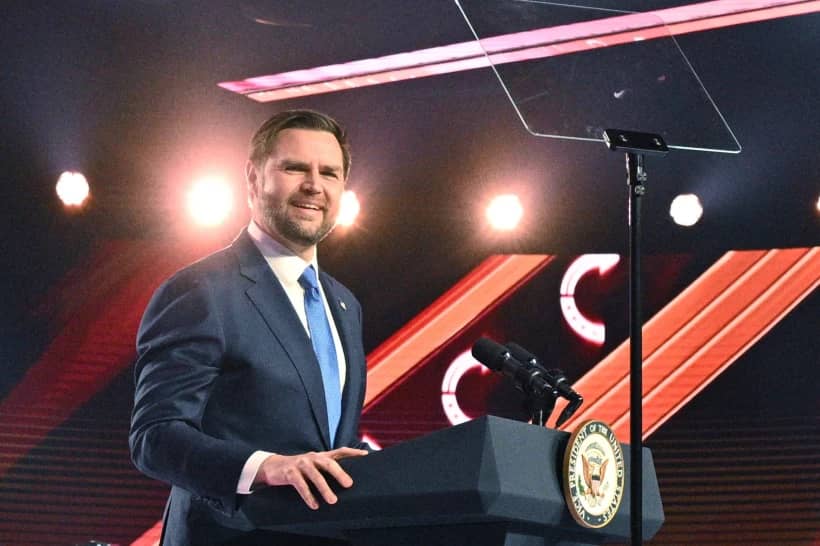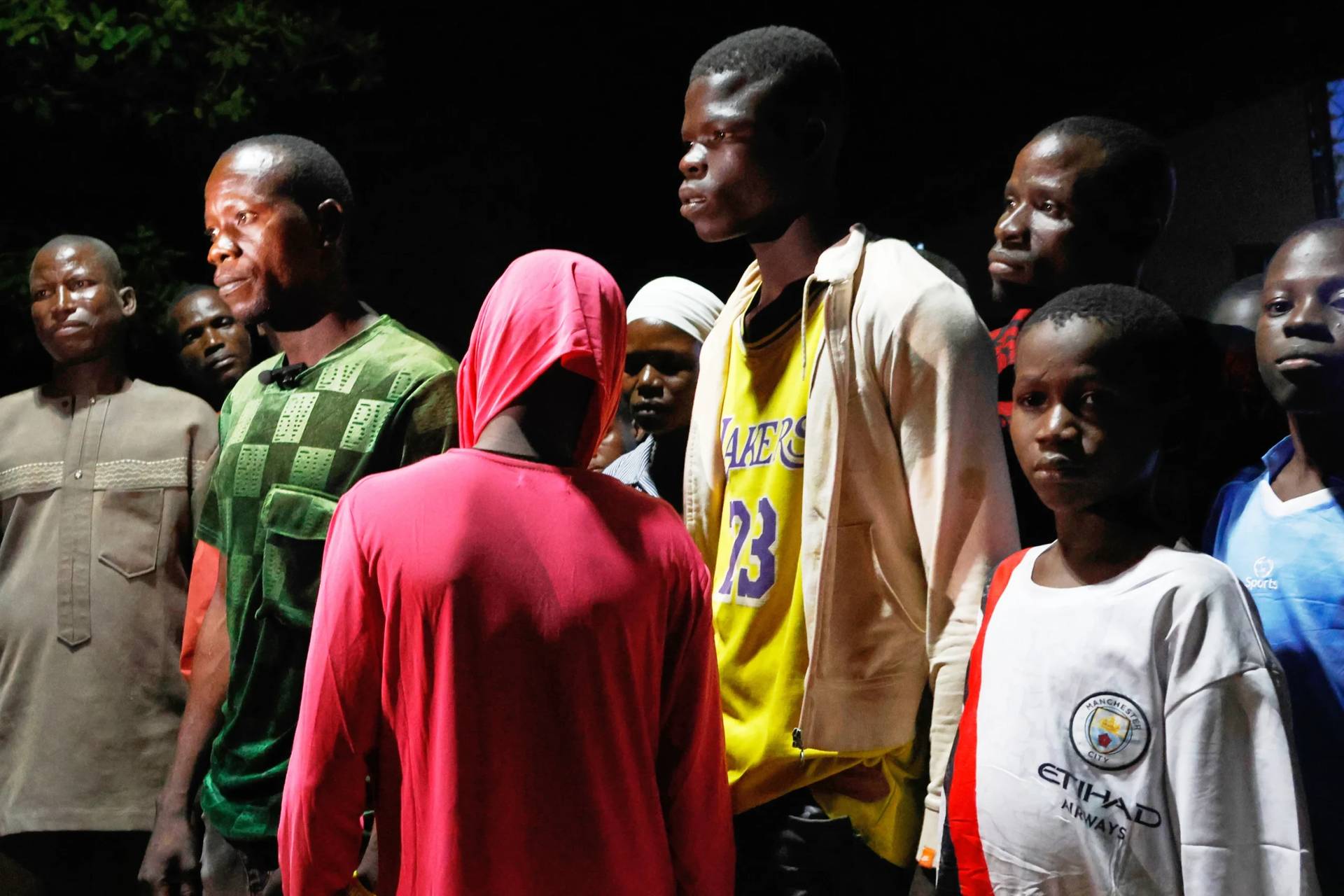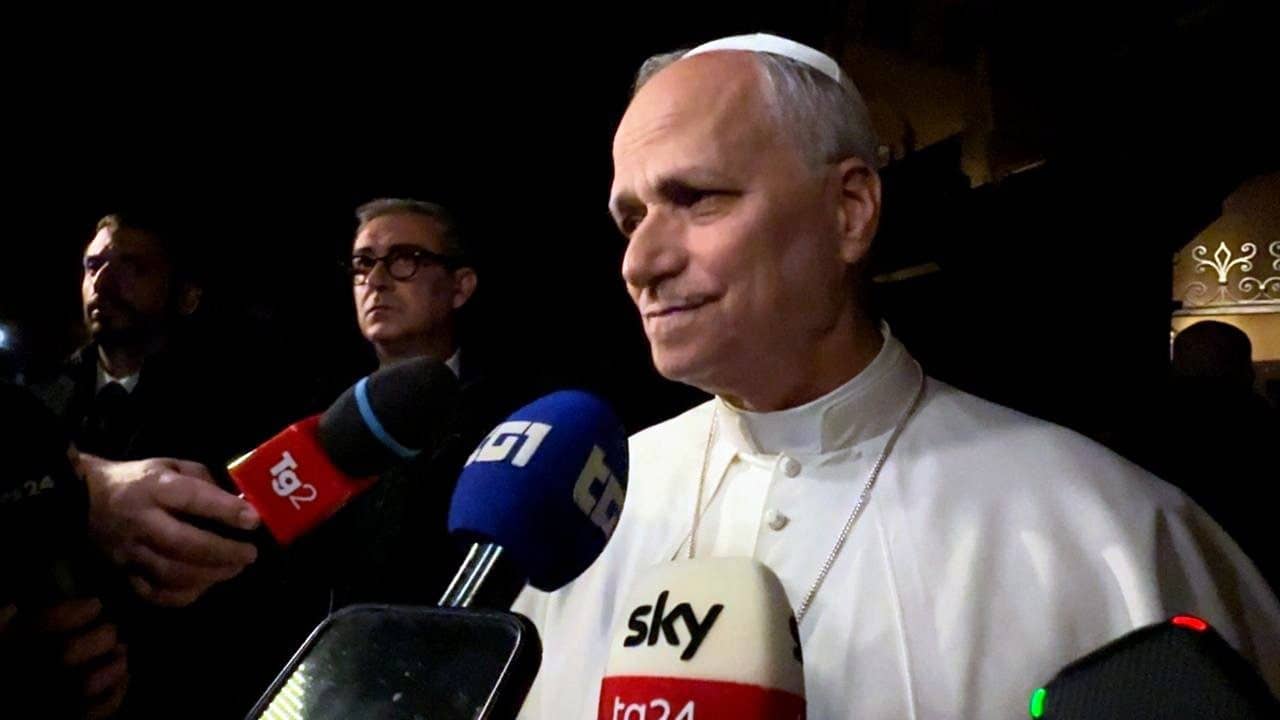My formation in the faith was thanks to Capuchin Franciscan priests and brothers out on the high plains of western Kansas in the 1970s and 80s, and as a result, I believe I can speak from personal experience when I say this: The Capuchins are, in many ways, the Denver Broncos of religious life in the Catholic Church.
Not for them is the flash and sizzle of a Cam Newton and his trendy Carolina Panthers, with “dabbing” celebrations and the public swagger of celebrity. They don’t light up scoreboards or reinvent offensive strategies.
They simply play the game right, rooted in solid fundamentals and a determined defense, and pile up wins — even when the world is picking against them.
On Tuesday, Pope Francis delivered a long-overdue recognition of the Capuchins by celebrating a special Mass for members of the order in St. Peter’s Basilica, part of a series of events celebrating the Capuchins’ most famous son: Padre Pio, now “St. Pio of Pietrelcina,” the 20th-century stigmatic and confessor seen by devotees as an icon of compassion.
The Padre Pio festival comes in tandem with commemoration of another Capuchin saint, Leopold Mandić of Croatia, a late 19th and early 20th century priest who suffered severe physical disabilities but, like Padre Pio, still managed to spend long hours in the confessional every day.
Pope Francis paid tribute to that legacy on Tuesday, telling the Capuchins, “There are great confessors among you … you Capuchins have this special gift of the Lord: forgiveness. I ask you, never tire of forgiving.”
The Annuario Pontificio, the Vatican’s statistical yearbook, lists about 800 men’s orders in the Church, all of which have a story to tell. Precisely because Capuchins don’t call attention to themselves, however, several interesting elements of their tale are often lost.
The order was born in 1525 when a friar named Matteo da Bascio decided the Franciscans of his day had abandoned the initial vision of St. Francis of Assisi, and he wanted to get back to a strict observance of penance, prayer, and poverty.
That implied criticism didn’t sit well with other Franciscans, and with the support of influential Church authorities, they hounded Bascio and his initial companions, who were forced to take shelter from Camaldolese monks.
In 1528, the “Capuchins” (so named for the hood they wear with their habit) got papal permission to organize, but their problems were hardly over.
Within 20 years, Bascio had left his new order to return to the Observant Franciscans, while another early Capuchin leader, Bernardino Ochino, spurned the Catholic faith altogether to join forces with John Calvin in Geneva. Eventually Ochino’s support for polygamy and his rejection of the Trinity was too much even for the Calvinists, and he went into exile first in Poland and then in Slovakia.
The new order came under suspicion of heresy and narrowly avoided being suppressed, while for a time Capuchins were forbidden to preach. (This makes it a rich irony that since 1743, the Capuchins have had the privilege of supplying the official Preacher of the Papal Household; since 1980, that role has been held by the Rev. Rainero Cantalamessa.)
The Capuchins know this history well, and it’s given them two priceless bits of perspective:
- While they’re ferociously attached to the faith and the Church, they have a realistic perspective on the leaders who happen to be in charge of the Church at any given moment, knowing that decisions can sometimes be shaped by politics and self-interest. They don’t rebel against it, but it doesn’t surprise them either.
- They don’t take themselves too seriously, knowing that one of their early founders lost his nerve and another was, literally, a heretic. If they were fallible then, there’s no reason to expect the same thing isn’t true now.
Another defining feature of Capuchin identity is closeness to ordinary people.
Generally, you’ll find Capuchins not on TV or testifying before Congress, but hearing confessions, saying Mass, teaching school, and performing the other pastoral basics, knowing not merely the names of the people they serve, but also their hearts.
(Here’s one small proof of the point. I sent an early draft of this piece to a Capuchin priest named Bill Kraus, who knows the order’s story well, to be sure I had the facts right. Kraus immediately agreed to look it over — he’d do it, he said, in between hearing confessions at a Capuchin-run ministry at the Citadel Mall in Colorado Springs, where images of Padre Pio and Mandić are on display in the confessionals.)
One further pillar of the Capuchin ethos since the Counter-Reformation has been doing the toughest jobs the Church has to offer, without complaint, which is how they became one of Catholicism’s great missionary orders.
As Pope Pius XI once put it, “When times were at their worst and help was sorely needed, in places that were abandoned and no one else would go, there you will find the Capuchin.”
Perhaps the most celebrated Capuchin “attraction,” if one can call it that, is Rome’s famous “bone church,” referring to a crypt beneath the Church of Santa Maria della Concezione dei Cappuccini containing skeletal remains collected over the centuries of roughly 3,700 friars, as a way of making the point that we’re all mortal.
(There’s something entirely fitting about the fact that such a reminder of the fleetingness of earthly glory is located on Rome’s chic and upscale Via Veneto, where the rich and beautiful often come out to play.)
Over the years, the idea was generally that Capuchins shouldn’t become bishops except in mission territories. It’s a bit of an anomaly, then, that today two of American Catholicism’s great heavyweights are Capuchins: Cardinal Sean P. O’Malley of Boston and Archbishop Charles Chaput of Philadelphia.
The fact that O’Malley and Chaput, despite being good friends and agreeing on most points, nevertheless embody different styles of leadership and different priorities also shows that the Capuchins have succeeded in the traditional aim of religious life of promoting unity without smothering diversity.
Another strong candidate for a contemporary Capuchin icon is Italian Bishop Luigi Padovese, who was shot to death in 2010 at his residence in the southern Turkish city of Iskenderun.
Ordained in 1973, Padovese had been a scholar and seminary professor for most of his life, at home in the world of books and ideas. Yet when the Church asked him in 2004 to become the apostolic vicar of Anatolia, upending his life and putting himself in harm’s way in a period of gathering Turkish nationalism and anti-Christian animus, he packed his bags and went.
I spoke to Padovese a few times, generally by phone from Turkey but also in person in Rome (he always said he had to make time for a Capuchin alum), and his deep affection for his adopted country but also alarm about what was taking shape in it were both clear. He knew full well, in other words, the risks he was running.
Four days before his death, Padovese addressed Turkish Christians in these terms: “If today someone were to ask me, ‘Are you happy to be here?’, my answer would certainly be yes. The difficulties haven’t reduced, but increased, my love for this small but important church.”
“It’s easy to love when everything is going well and working,” Padovese said, “but we all know the real measure of love is when it’s tested.”
That, in a nutshell, is the unspectacular, often unheralded, Capuchin spirit.
It doesn’t land on magazine covers or light up Twitter, but in the trenches it keeps the faith alive. That’s what Pope Francis celebrated on Tuesday, and it’s what will continue motivating the roughly 10,000 Capuchins around the world.
In that sense, I suppose, the Capuchins aren’t quite the Broncos, because for them there will be no victory parade, no confetti, no championship T-shirts. After the pope is done lifting up their legacy, all we’re likely to hear is a quiet “thanks” and the sound of their sandals as they shuffle back to work.







